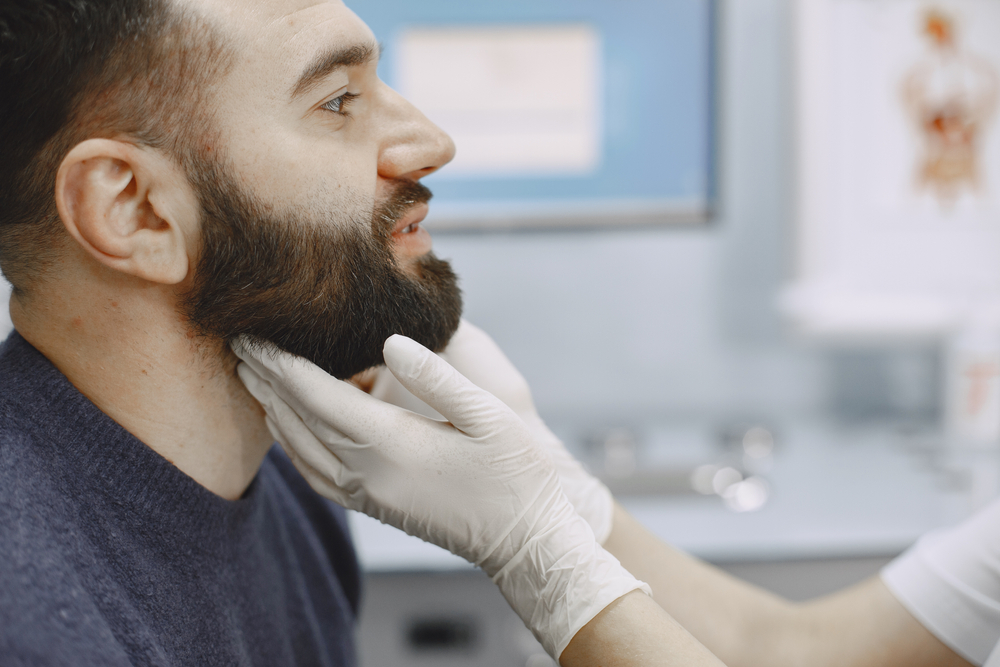Navigating through construction zones can be frustrating, as lane closures and detours disrupt the flow of traffic. Similarly, your nasal passages can face disruptions when your septum is deviated, causing a cascade of issues that can affect your breathing and overall well-being.
What is a deviated septum?
The septum is a thin wall of cartilage and bone that divides the left and right sides of your nasal cavity. Ideally, this partition is centered, allowing air and mucus to flow freely through each nostril. However, in some cases, the septum can be displaced to one side, leading to what is known as a deviated septum. This misalignment can occur due to congenital factors, trauma, or other causes, affecting nasal function and health.
Recognizing a deviated septum
A deviated septum can present with a variety of symptoms, which can vary in severity. Some common signs to watch for include:
- Nasal Congestion: Persistent congestion that seems to affect one nostril more than the other can be a sign of a deviated septum. This can interfere with your ability to breathe clearly or detect odors.
- Frequent Nosebleeds: When the septum is misaligned, it can disrupt the natural moisture distribution in the nasal passages, leading to dryness and an increased likelihood of nosebleeds.
- Chronic Sinus Infections: Difficulty in draining the sinuses properly can result in frequent or prolonged sinus infections. If you notice recurrent sinus infections after colds or other respiratory issues, a deviated septum could be a contributing factor.
- Headaches: Disruption in airflow and sinus drainage can cause headaches, particularly those felt in the forehead area.
- Facial Pain: An increase in nasal cavity pressure due to a deviated septum can result in facial pain or discomfort.
- Postnasal Drip: If you frequently experience mucus dripping down the back of your throat, this may be due to obstructed nasal passages from a deviated septum.
- Excessive Snoring: A deviated septum can impact your sleep quality, sometimes leading to louder snoring or more severe sleep disturbances such as sleep apnea.
- Noisy Breathing: Heavy breathing during physical activity or sleep can become more pronounced if the airflow through your nasal passages is obstructed.
- Reduced Sense of Smell: Altered airflow due to a deviated septum can diminish your sense of smell, affecting how well you perceive different scents.
Diagnosing a deviated septum
If you suspect a deviated septum based on the symptoms above, it’s essential to consult with an ENT specialist. During your visit, the following diagnostic steps are typically involved:
- Medical History Review: Your ENT will start by discussing your symptoms, medical history, and any previous nasal injuries or surgeries.
- Physical Examination: This involves a detailed examination of your nasal passages using specialized tools to assess the alignment of your septum.
- Nasal Endoscopy: A flexible tube with a camera is inserted into your nostrils to provide a clear view of the internal structures and any deviations.
- Imaging Studies: CT scans or MRIs might be used to get a detailed image of your nasal passages and sinuses.
- Allergy Testing: Since allergies can contribute to nasal inflammation, testing may be conducted to rule out allergic reactions as a cause of your symptoms.
Treating a deviated septum
Once diagnosed, treatment options for a deviated septum depend on the severity of the condition and its impact on your daily life. These options include:
Non-surgical treatments
- Medications: Over-the-counter decongestants or nasal steroid sprays can provide temporary relief from symptoms but do not correct the underlying deviation.
- Nasal Strips: These can help improve airflow during sleep or physical activity by physically widening the nostrils.
- Allergy Management: Effective management of allergies can reduce nasal congestion and associated symptoms.
Surgical treatments
- Septoplasty: This surgical procedure aims to correct the deviation by repositioning or removing parts of the septum, providing long-term relief from symptoms.
- Rhinoplasty: Often combined with septoplasty, this procedure reshapes the nose for both cosmetic and functional improvements.
- Turbinate Reduction: Enlarged turbinates can exacerbate nasal congestion. This procedure can be performed alongside septoplasty to enhance airflow.
Seeking professional help
Unlike temporary roadwork, a deviated septum will not resolve on its own without intervention. If you suspect you have a deviated septum, consulting with an ENT specialist is crucial for accurate diagnosis and effective treatment.
To address your symptoms and improve your nasal function, find an experienced ENT near you and take the necessary steps to regain optimal nasal health.
